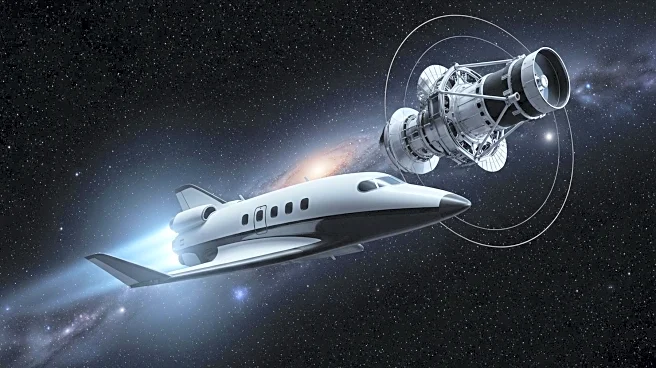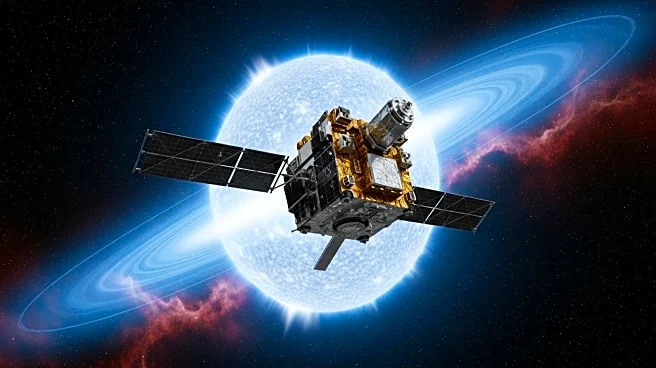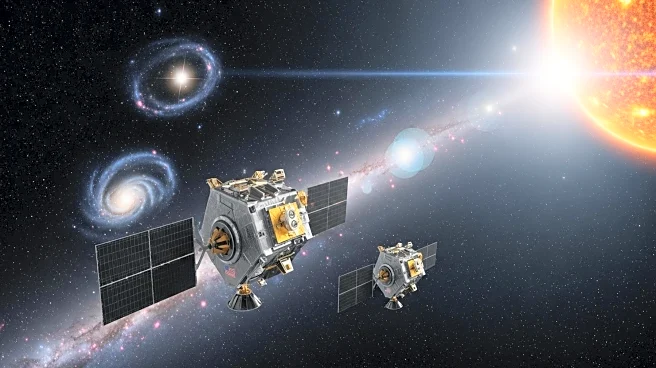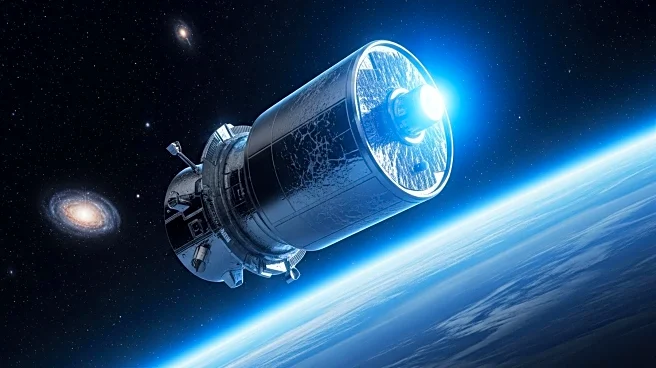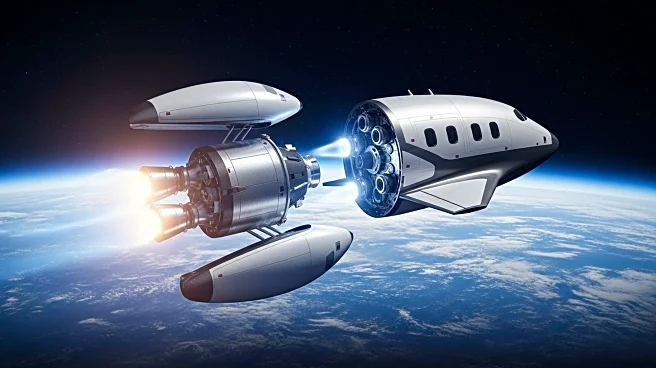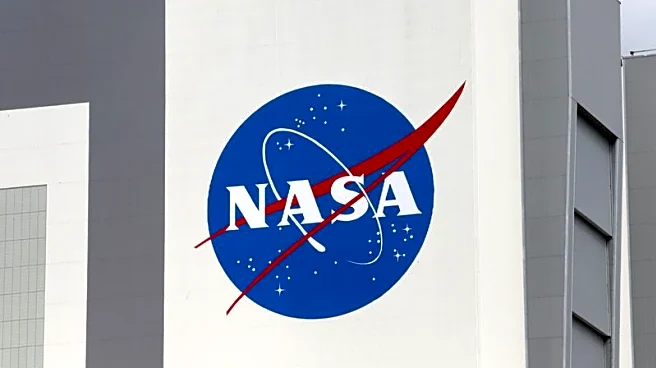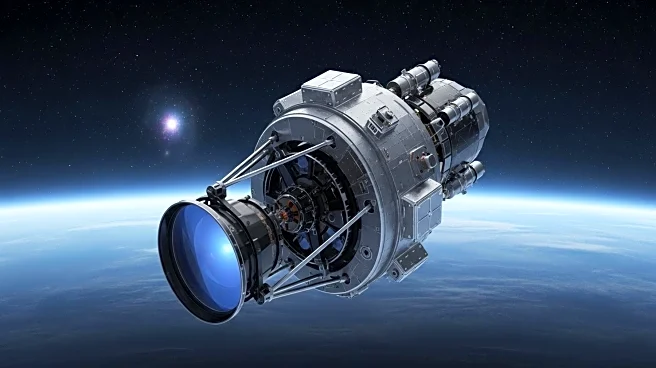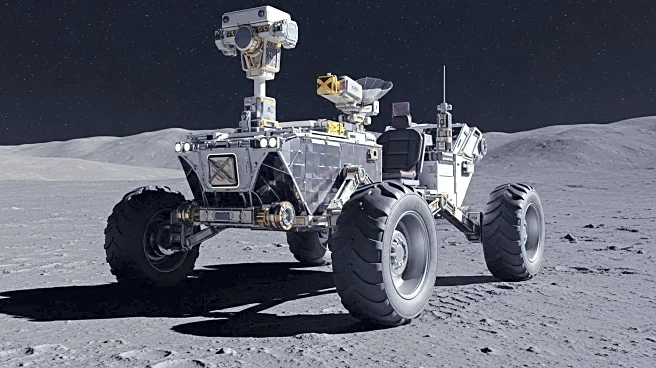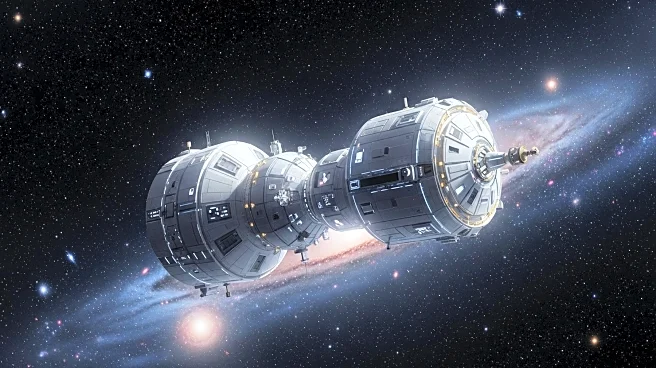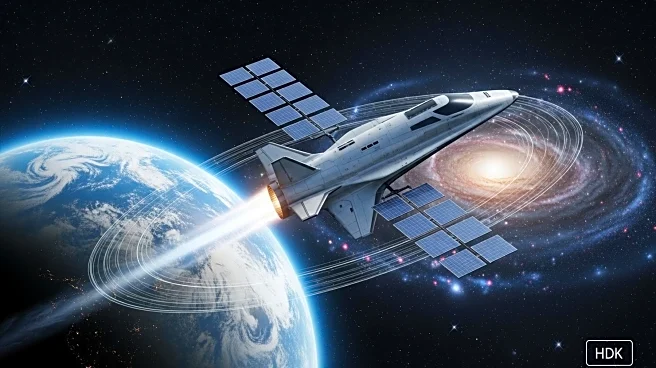What is the story about?
What's Happening?
Arizona-based Katalyst Space Technologies has secured a contract to raise the altitude of NASA's Neil Gehrels Swift Observatory, which has been observing gamma-ray bursts from low Earth orbit for over two decades. Increased solar activity has caused the atmosphere to expand, dragging Swift down. Katalyst will build a boosting spacecraft to rendezvous with Swift and raise its altitude, marking the first time a private spacecraft will capture a U.S. government satellite that wasn't designed for servicing.
Why It's Important?
The mission represents a forward-leaning approach for NASA, leveraging commercial technologies to extend the life of existing satellites. This collaboration may open the door to extending the life of more spacecraft in the future, offering a cost-effective alternative to replacing capabilities with new missions. Swift's continued operation is crucial for studying gamma-ray bursts and other cosmic phenomena, contributing to our understanding of the universe.
What's Next?
The boosting spacecraft is expected to launch in spring 2026, aiming to rendezvous with Swift and raise its altitude. Success would set a precedent for future satellite servicing missions, potentially expanding the use of satellite servicing to a broader class of spacecraft. This approach could become a standard practice for maintaining and extending the operational life of satellites.
Beyond the Headlines
The mission highlights the growing role of private companies in space exploration, demonstrating the potential for commercial solutions to address real-world challenges. The collaboration between NASA and Katalyst reflects the increasing integration of commercial technologies in government space missions, paving the way for innovative approaches to satellite maintenance.
AI Generated Content
Do you find this article useful?
